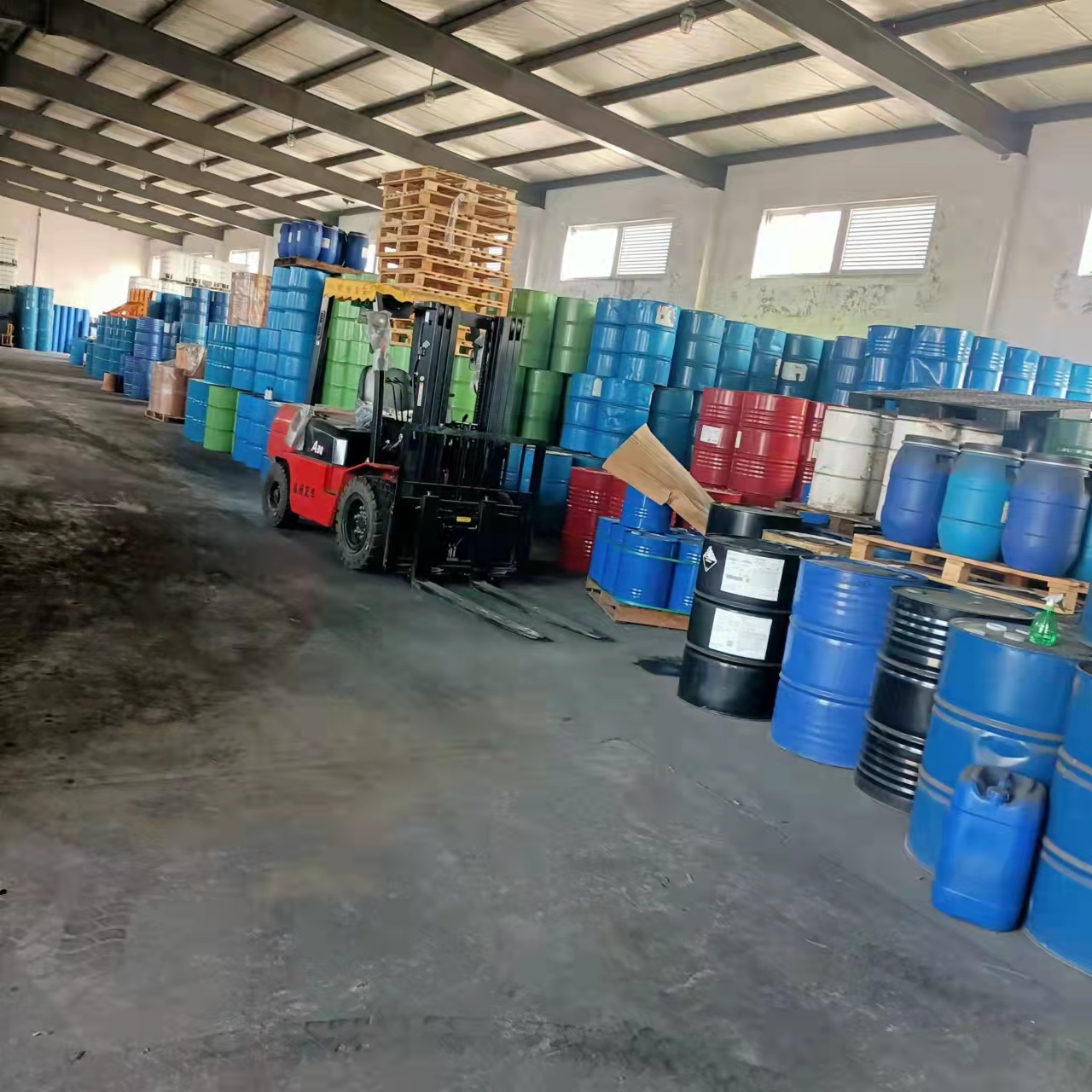Silicon oil, the English name is Silicone oil, CAS number is 63148-62-9, and the molecular formula is C6H18OSi₂. It is a polyorganosiloxane with a chain structure of different degrees of polymerization. The primary form of dimethyl cyclosiloxane is an organic-inorganic organic-inorganic compound that uses dimethyldichlorosilane as the main raw material and is synthesized through hydrolysis. It has silicon-oxygen (Si-O) bonds as the main chain and organic groups directly connected to the silicon atoms. compound. The primary form of dimethylcyclosiloxane has a cyclic molecular structure, mainly including hexamethylcyclotrisiloxane (D3), octamethylcyclotetrasiloxane (D4), and decamethylcyclopentasiloxane. (D5), dodecamethylcyclohexasiloxane (D6), and hexamethylcyclotrisiloxane (D3) and or octamethylcyclotetrasiloxane (D4) and or decamethylcyclopentasiloxane It is a colorless, transparent or milky white liquid containing more than 50% oxane (D5) and dodecamethylcyclohexasiloxane (D6). It is flammable, odorless, insoluble in water, and soluble in benzene and other organic solvents.

Basic information
Chinese name: silicone oil
English name: Silicone oil
Chinese alias: organic silicone oil; hard foam silicone oil; foam leveling agent; polysiloxane; methyl silicone oil; dimethicone oil; dimethicone; dimethicone
English alias: Hard foam silicon (An even vesicant); Hard foam silicon; Methyl silicone oil ,Polydimethylsiloxane
CAS number: 63148-62-9
Molecular formula: C6H₁₈OSi₂
Molecular weight: 162.37932
Physical property data
Density 0.963
Melting point -50°C
Refractive index 1.403-1.406
Flash point 300°C
Water-soluble PRACTICALLY INSOLUBLE

Main features
Silicone oil has excellent heat resistance, electrical insulation, weather resistance, hydrophobicity, physiological inertness and small surface tension. In addition, it also has a low viscosity-temperature coefficient and high compression resistance.) Some varieties also have Has radiation resistance.
Silicone oil has many special properties, such as anti-oxidation, high flash point, low volatility, non-corrosive to metals, non-toxic, etc.
Basic classification
According to the chemical structure, it is divided into methyl silicone oil, ethyl silicone oil, phenyl silicone oil, methyl hydrogen silicone oil, methyl phenyl silicone oil, methyl chlorophenyl silicone oil, methyl ethoxy silicone oil, methyl trisilicon oil Fluoropropyl silicone oil, methyl vinyl silicone oil, methyl hydroxy silicone oil, ethyl hydrogen silicone oil, hydroxyl hydrogen silicone oil, cyanide silicone oil, etc.;
According to application, there are damping silicone oil, diffusion pump silicone oil, hydraulic oil, insulating oil, heat transfer oil, brake oil, etc.
Main purposes
Commonly used as high-grade lubricating oil, anti-vibration oil, insulating oil, defoaming agent, release agent, polishing agent and vacuum diffusion pump oil, etc. Among various silicone oils, methyl silicone oil is the most widely used and the most important variety of silicone oil, followed by methylphenyl silicone oil. In addition, there are ethyl silicone oil, methylphenyl silicone oil, nitrile silicone oil, etc. Various functional silicone oils and modified silicone oils are mainly used for special purposes.
Advantages and Disadvantages
Advantages (1) Excellent shear stability, has the function of absorbing vibration and preventing vibration transmission, and can be used as a vibration damping fluid. (2) Excellent thermal oxidation stability, such as thermal decomposition temperature >300℃, small evaporation loss (150℃, 30 days, evaporation loss is only 2%), oxidation test (200℃, 72h), viscosity and acid value changes Small. (3) Excellent electrical insulation, volume resistance, etc. do not change within the range of normal temperature to 130°C (but the oil cannot contain water). (4) It is a non-toxic oil with low foaming and strong anti-foaming properties. It can be used as a defoaming agent. (5) The viscosity-temperature performance is the best among liquid lubricants, and the viscosity changes little over a wide temperature range. Its freezing point is generally less than -50℃.Some are as high as -70°C. When stored at low temperatures for a long time, the appearance and viscosity of the oil will not change. It is a base oil that can take into account both high and low temperatures and a wide temperature range.
Disadvantages
(1) Small surface tension (easy to leak from the machine).
(2) The gas solubility is large (it is difficult to design a gas sealing device).
(3) Silicone oil has a large thermal expansion coefficient (which may cause overpressure problems).
(4) Silicone oil has poor lubricity, especially for steel-steel friction pairs.
(5) Certain hygroscopicity (after the water content is higher than 100×10-6, the electrical performance drops sharply)

Application fields
Silicone oil has a wide range of applications. It is not only used as a special material in aviation, cutting-edge technology, and military technology sectors, but also in various sectors of the national economy. Its application scope has expanded to: construction, electronics and electrical, textiles, automobiles, Machinery, leather and paper making, chemical and light industry, metal and paint, medicine and medical treatment, etc.
The main applications of silicone oil and its derivatives are: release agents, shock absorbing oils, dielectric oils, hydraulic oils, heat transfer oils, expansion oils